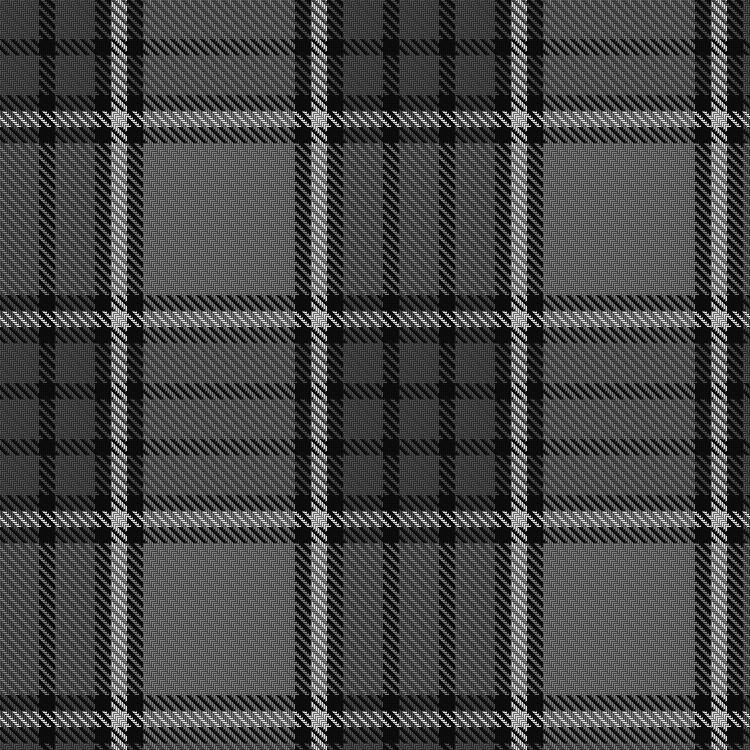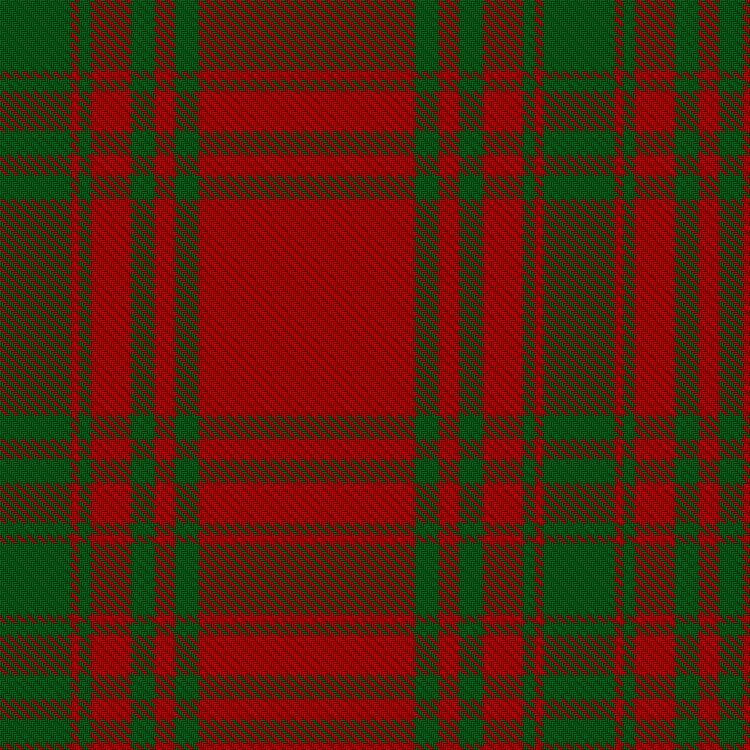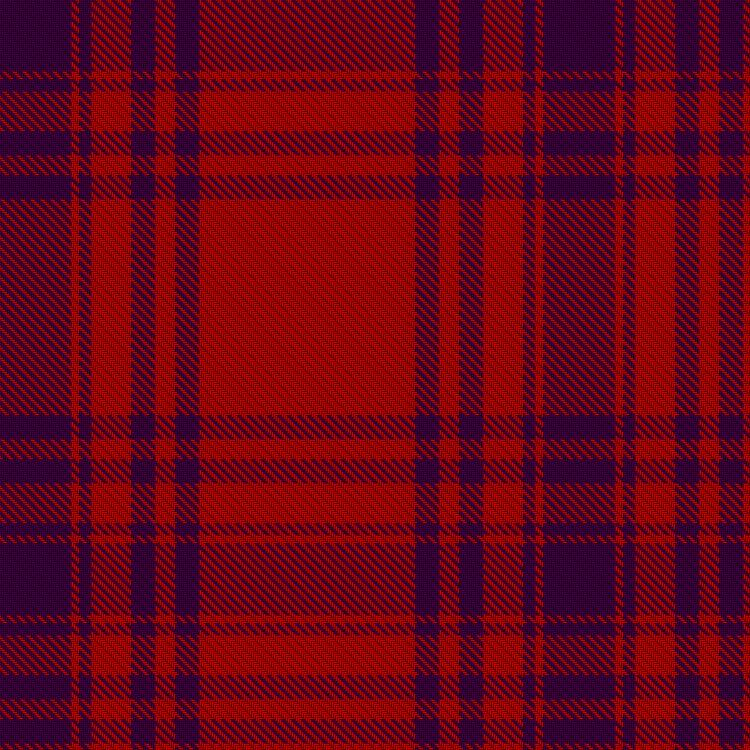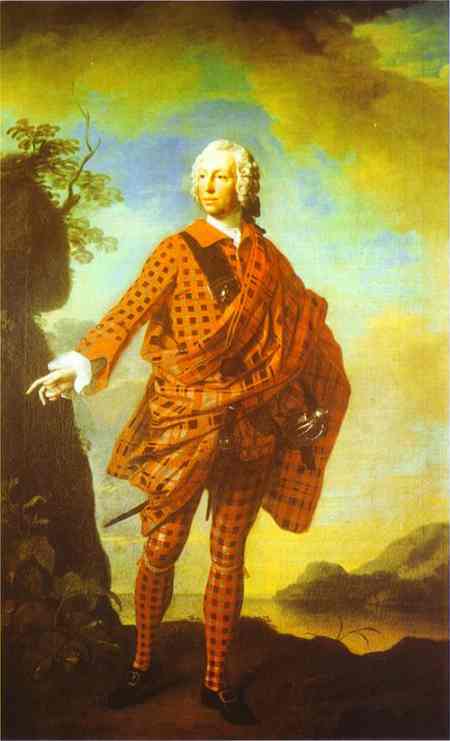Kyle Tartan
There appear to be three Kyle Family Tartans: the “Kyle Tartan”, the “Kyle Blue Tartan” and the “Kyle Green Tartan”. No one Tartan is known to have a greater claim to antiquity than another so the choice of which to wear would be strictly aesthetic.
The Tartan in the banner on top of this webpage is Scottish Tartan Authority ITI 003616 "Kyle Blue" voted as favorite Tartan by members.
Members: be sure to cast your vote for which Tartan you prefer at the Members Message Board!
Kyle Tartan
Source Tartan Society TS 1288

Kyle Green:
Source: Scottish Tartan Authority ITI no. 003615, provided by The Scottish Weaver

Kyle Blue:
Source: Scottish Tartan Authority ITI 003616, provided by The Scottish Weaver

For Kyle’s, wearing one of the two Ayrshire District Tartans (TS 436 or TS 2562) would also be appropriate.
Also, Jacobite,
The Jacobite tartan, predominantly yellow and red with green accent striping, is supposed to have been popular in 1707 when Lowlanders wore it as a protest against the
The
Also the “Hunting Stewart," a green tartan with black, yellow and red overstripes is a "universal" Scottish tartan appropriate to all British or Commonwealth Subjects.
Trews and Plaid

"Few, besides gentlemen, wear the trowze ... over this habit they wear a plaid, which is usually three yards long and two breadths wide.
This with the sword and pistol is called a full dress, and to a well-proportioned man with any tolerable air it makes an agreeable figure ... it is chiefly their mode of dressing when they are in the Lowlands or when they are making a neighbouring visit, or go anywhere on horseback." --- Captain Burt in his "Letters from the Highlands", published in 1726
The original trews ('triubhs' in Gaelic) were cut on the bias and worn tight to the skin. Considerable skill was required in their making because the tartan had to be matched at the seams to show the sett.